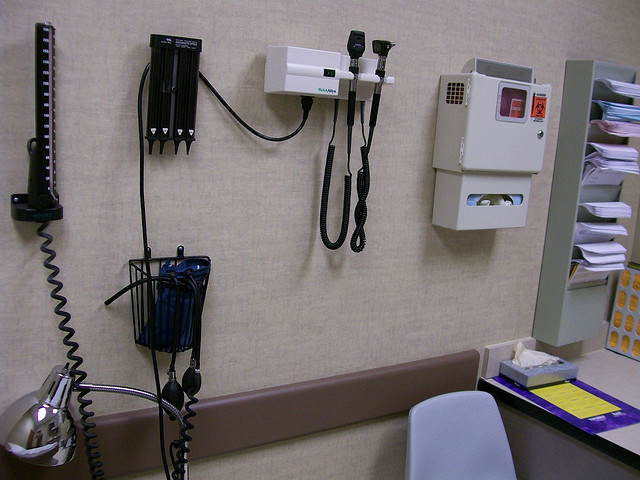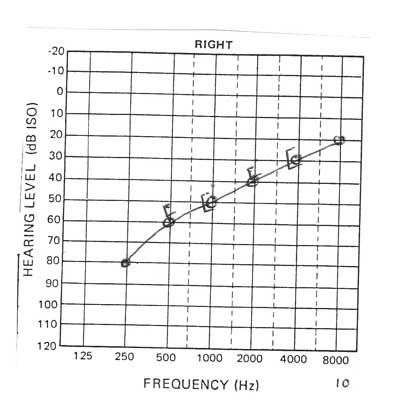If the unfamiliar creates anxiety, then a trip to the hearing specialist is especially nerve-racking. While virtually all of us have experience with the family doctor and the community dentist, the visit to the hearing specialist may be a first.
It certainly would be beneficial to have someone illustrate the process up front, wouldn’t it? Well, keep reading, because as you’ll see, the process of having your hearing tested is commonly straight forward, comfortable, and pain-free — with aspects that can actually be fun.
So here’s how it will go:
After you arrive at the office, you will check in with a staff member at the front desk who will give you a few forms to fill out. Not long after finishing the forms, a hearing specialist will escort you into a room to get started with the hearing examination, which is made up of four parts:
Part 1: Case History

The hearing specialist will begin the process by getting to know you, your health history, and your hearing loss symptoms. Preparation for this step is important, because this is where you get to explain to the hearing specialist the details of your hearing loss, what you expect to gain from treatment, and your unique hearing needs.
This part is all about you: what do you want to accomplish with healthier hearing? Do you have the desire to play a music instrument again? Do you want to be more involved in work meetings? Do you want to be more energetic at social gatherings? The more you can describe to your hearing specialist the better.
Next comes the testing.
Part 2: Otoscopy
The first diagnostic test to be carried out is termed an otoscopy. An otoscope is used to visually examine the ear canal and eardrum to discover if your hearing loss is linked with infections, earwax buildup, or blockages. If the root cause of your hearing loss is something as basic as earwax accumulation, you could potentially start hearing better within a few minutes simply from professional earwax removal.
Part 3: Tympanometry
The next test is named tympanometry, used to test the eardrum and middle ear. A gadget is inserted into the ear that will vary the air pressure, calculating how your ear responds to assorted pressures.
To fully grasp this test, you have to first know that hearing loss is categorized into one of two general types:
- Sensorineural hearing loss — this is the most prevalent hearing loss. It is also defined as noise-induced hearing loss and it involves destruction of the nerve cells of hearing.
- Conductive hearing loss — this hearing loss results from blockages or obstructions that restrict sound transmission before the sound gets to the nerves of hearing.
Tympanometry is a test that can help to rule out conductive hearing loss, to establish that there are no blockages, infections, or middle-ear-bone ailments. Conversely, Audiometry, which is tackled next, will measure sensorineural hearing loss.
Part 4: Audiometry

The final group of tests will be performed in a soundproof room. These tests are collectively known as audiometry and will quantify your hearing range and sensitivity. Audiometry is the best process to calculate sensorineural hearing loss.
With the use of an audiometer, the hearing specialist will be ready to identify:
- Which frequencies you can hear comfortably and which you have a tough time with.
- The minimum decibel levels, at multiple frequencies, at which you perceive sound.
- The precise measurements connected with your hearing loss (as captured on an audiogram).
- Your ability to comprehend speech, with or without background noise.
The test on its own, from your perspective, will be comfortable and uncomplicated. You will be presented with sounds and speech through earphones and will be requested to display when you can hear the sounds by pushing a control or lifting your hand.
Reviewing results and planning treatment
Soon after the testing is complete, your hearing specialist will go over your results with you. If your hearing loss necessitates medical or surgical treatment (due to infections or middle-ear-bone problems, for example), your hearing specialist can make the applicable referral.
If your hearing loss can benefit from assistive listening devices or hearing aids, your hearing specialist will collaborate with you to find the perfect solution for you, your finances, your lifestyle, and your cosmetic considerations.
Pretty painless for a lifetime of better hearing, isn’t it?
